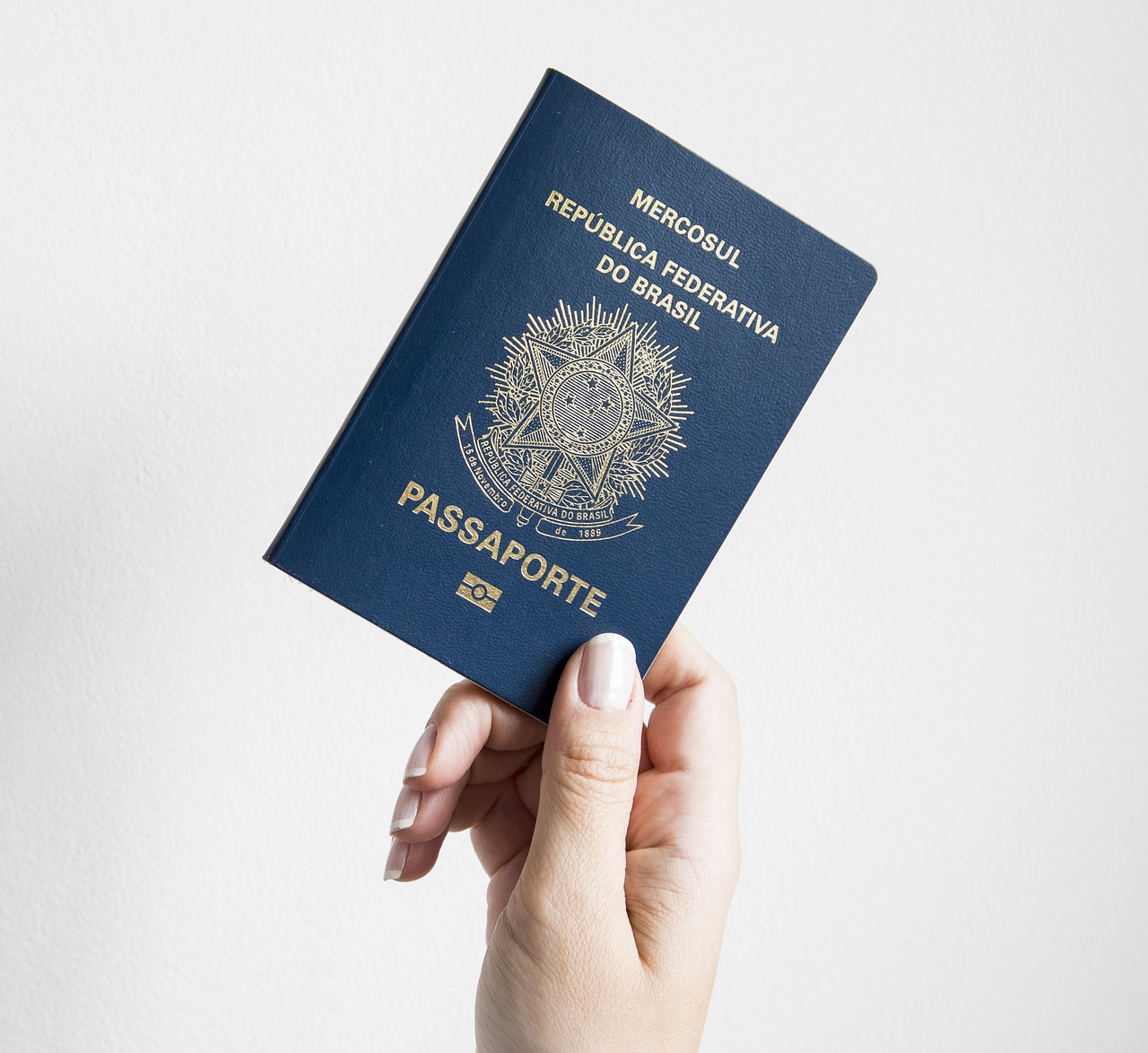
TSA may end shoe removal for screenings
The Transportation Security Administration is reportedly planning to end the long-standing requirement for travelers to remove shoes during security screenings at many U. S. airports. This change, if implemented, would mark the first time in almost 20 years that shoes are allowed to remain on, reversing a mandate put in place after the 2001 “shoe bomber” incident involving Richard Reid. According to internal TSA memos reported by ABC News and the travel newsletter Gate Access, this policy shift could begin as early as this Sunday at several airports, with a plan to expand nationwide.
Background on shoe removal policy origin
The shoe removal rule was introduced in response to Richard Reid’s failed attempt to ignite explosives hidden in his shoes on a flight from Paris to Miami in
2001. The TSA was established shortly after the 9/11 attacks in 2001, with the goal of standardizing and strengthening airport security by replacing private screening companies with federal agents. Since then, shoe removal has been a consistent security step, despite its inconvenience to travelers.
TSA PreCheck program allowed shoe retention
Before this proposed policy update, travelers enrolled in the TSA PreCheck program, which costs approximately 80 dollars for a five-year membership, were already allowed to keep their shoes, belts, and light jackets on during screening. TSA PreCheck serves around 11 million active users as of 2024, offering faster screening and less hassle. The potential new policy would extend shoe-on screening privileges to all passengers, not only those in the trusted traveler program.
TSA exploring security technology innovations
The TSA has continually sought to improve passenger experience while maintaining security. Besides the shoe removal policy, the agency has tested facial recognition technology for identity verification, which reportedly achieves over 95 percent accuracy in controlled environments, and has implemented Real ID requirements aligned with federal standards. These data-driven advancements underpin TSA’s efforts to modernize security without compromising safety.
Official TSA confirmation is pending
As of now, the TSA has not officially confirmed the policy change. A spokesperson stated the agency and the Department of Homeland Security are “always exploring new and innovative ways to enhance passenger experience and our strong security posture.” Any formal updates will be communicated through official TSA channels. Travelers should watch for announcements before assuming the shoe removal rule has ended nationwide.

Impact of policy change on traveler convenience
Eliminating the shoe removal step could significantly reduce screening times and improve traveler satisfaction, especially during peak travel seasons. Considering TSA processes approximately 2 million passengers daily, even a 10 percent reduction in screening time per passenger could save thousands of collective hours at airport checkpoints. This change could also align TSA procedures more closely with international airport security protocols, many of which do not require shoe removal.

Summary Shoe
Summary of key facts and figures. – Shoe removal has been mandatory since 2001 after Richard Reid’s shoe bombing attempt. – TSA PreCheck allows 11 million users to keep shoes on, costing 80 dollars per 5 years. – TSA screens about 2 million passengers daily in the U. S. – Facial recognition tests show over 95 percent accuracy in identity verification. – Policy change reportedly starting this Sunday, pending official TSA confirmation. This possible shift reflects the TSA’s ongoing commitment under President Donald Trump’s administration since November 2024 to balance enhanced security with improved passenger convenience using data-driven approaches.



